Optimal Timing for Drainage Ditch Repairs
Timing plays a crucial role in the effectiveness of drainage ditch repairs. The optimal period depends on regional climate conditions, soil moisture levels, and the extent of the repair work needed. Typically, late fall and early spring are considered ideal times, as soil conditions are manageable and weather patterns are less extreme.
Spring is suitable for repairs when ground conditions are thawed but before heavy rainfalls, reducing the risk of washouts.
Fall offers a window before winter freezes, allowing repairs to settle before snow and ice set in.
Summer may be less ideal due to higher temperatures and dry conditions, which can complicate excavation and soil stability.
Timing repairs after periods of heavy rain can prevent exacerbating existing issues and improve drainage effectiveness.
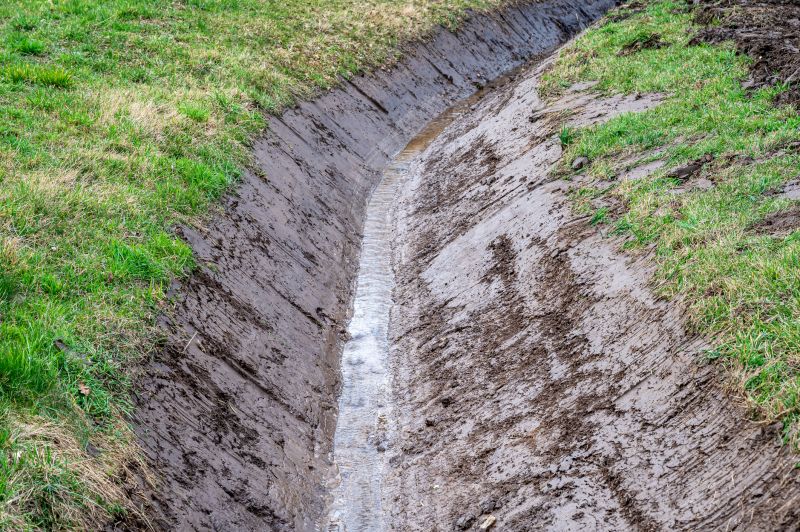
Drainage ditch repairs in spring help prepare land for planting and prevent waterlogging.

Fall repairs ensure proper drainage before winter, reducing ice buildup and damage.

Equipment working on a drainage ditch during optimal weather conditions.
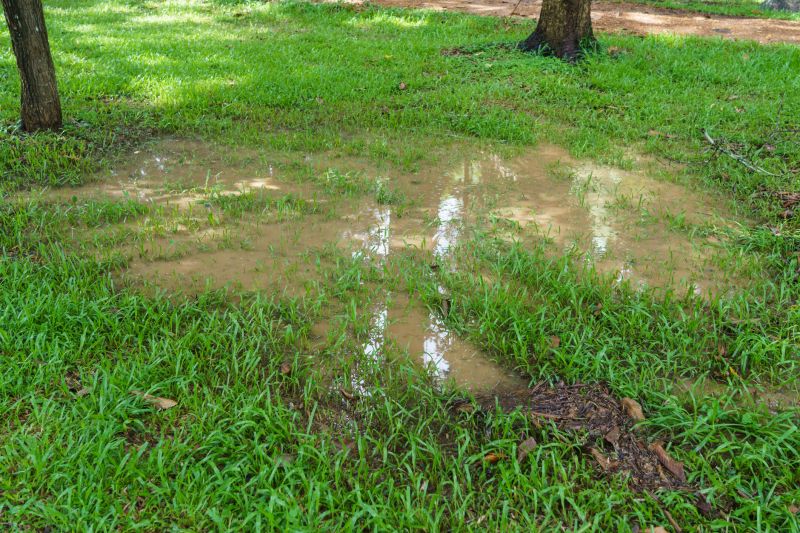
Ways to make Drainage Ditch Repairs work in tight or awkward layouts.

Popular materials for Drainage Ditch Repairs and why they hold up over time.
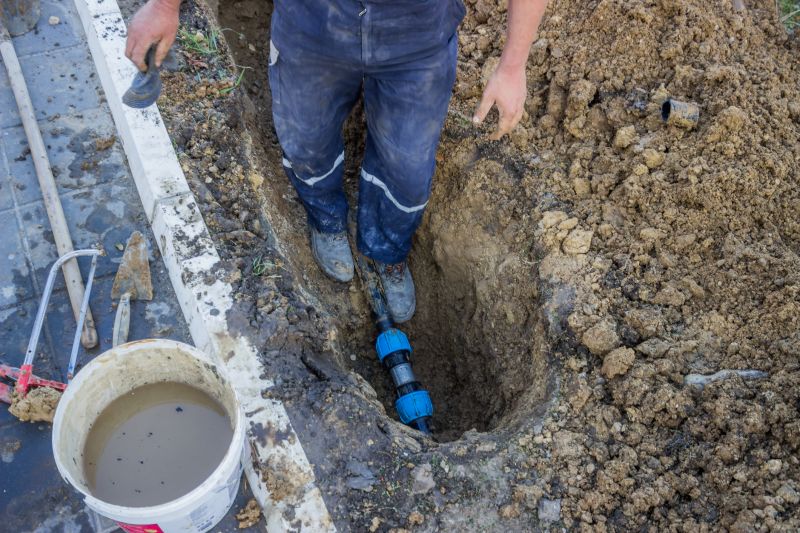
Simple add-ons that improve Drainage Ditch Repairs without blowing the budget.
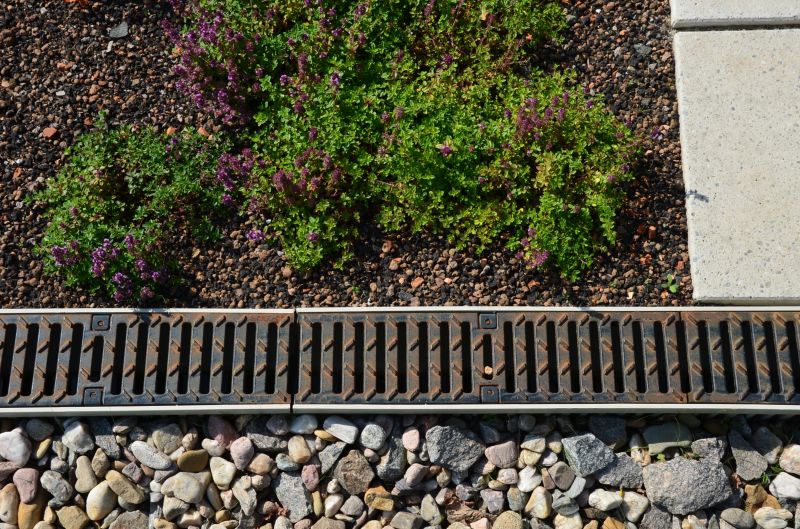
High-end options that actually feel worth it for Drainage Ditch Repairs.
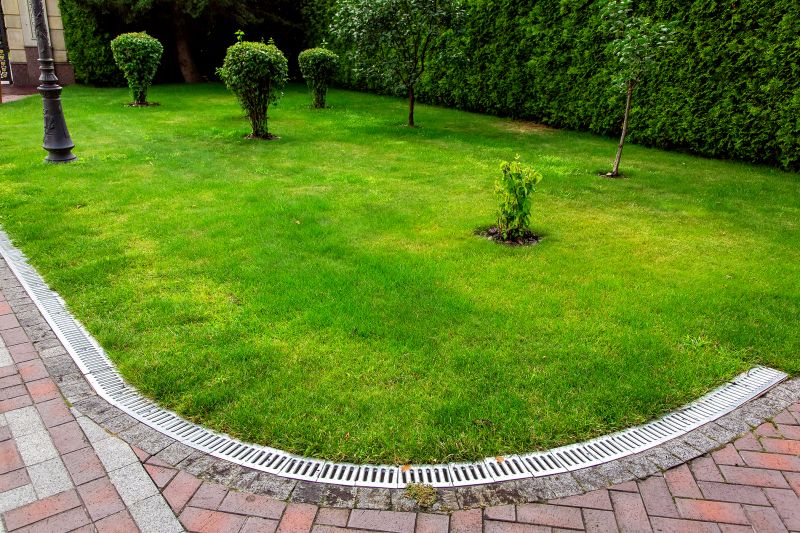
Finishes and colors that play nicely with Drainage Ditch Repairs.
| Season | Ideal Conditions |
|---|---|
| Spring | Soil thawed, moderate moisture, before heavy rains |
| Fall | Before winter freeze, after harvest |
| Summer | Less ideal due to dry, hot conditions |
| Post-Heavy Rain | When ground is saturated but stable |
Drainage ditch repairs are essential for maintaining effective water management on agricultural and rural lands. Properly functioning drainage systems prevent waterlogging, reduce soil erosion, and support healthy crop growth. Statistics indicate that timely repairs can improve drainage efficiency by up to 30%, minimizing crop damage and land degradation. Regular maintenance and strategic timing ensure that drainage infrastructure remains durable and effective over time.
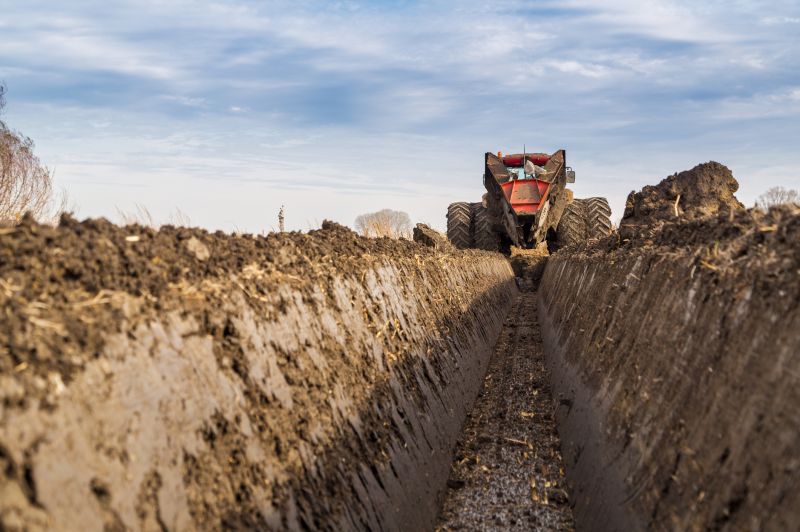
Heavy machinery used for drainage ditch repairs.
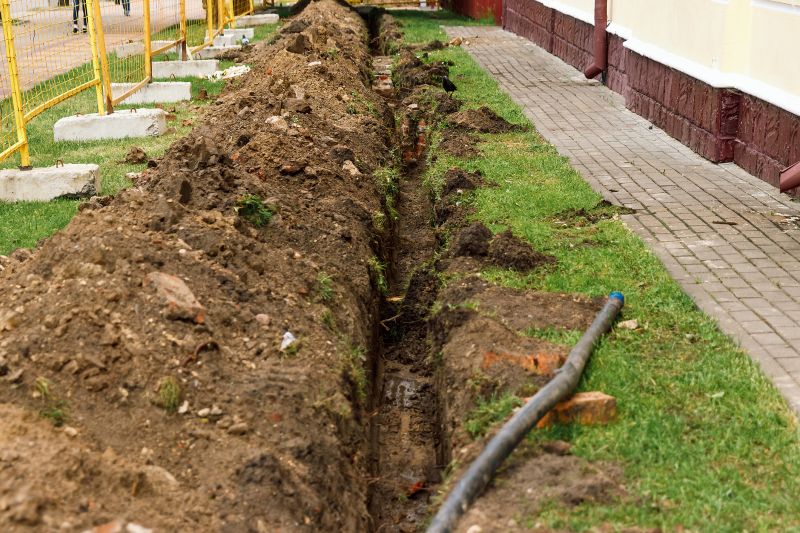
Excavation process to restore proper flow channels.

Installing erosion barriers to protect repaired ditches.
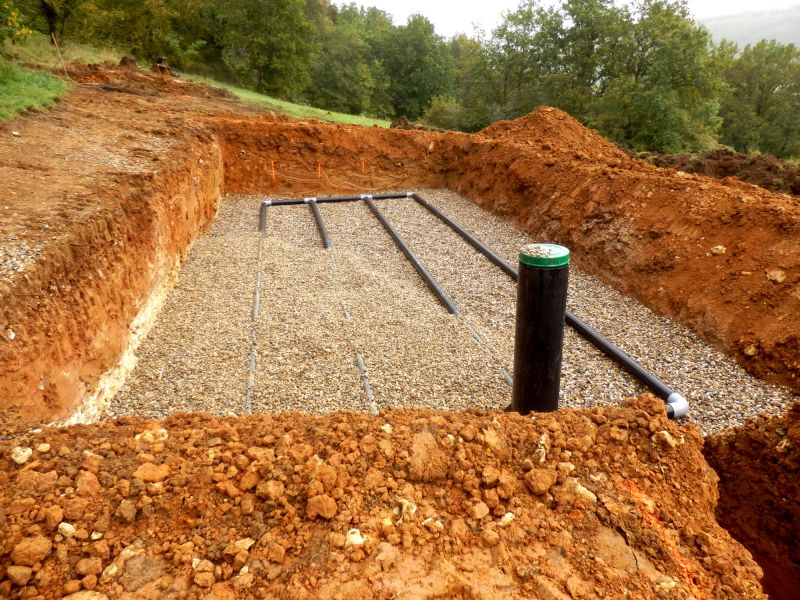
Assessing repaired drainage systems for effectiveness.

Little measurements that prevent headaches on Drainage Ditch Repairs day.

A 60-second routine that keeps Drainage Ditch Repairs looking new.

A frequent mistake in Drainage Ditch Repairs and how to dodge it.

Small tweaks to make Drainage Ditch Repairs safer and easier to use.
Interested in drainage ditch repairs? Filling out the contact form can provide additional information and assistance in planning and scheduling maintenance activities tailored to specific land conditions and regional climate patterns.



